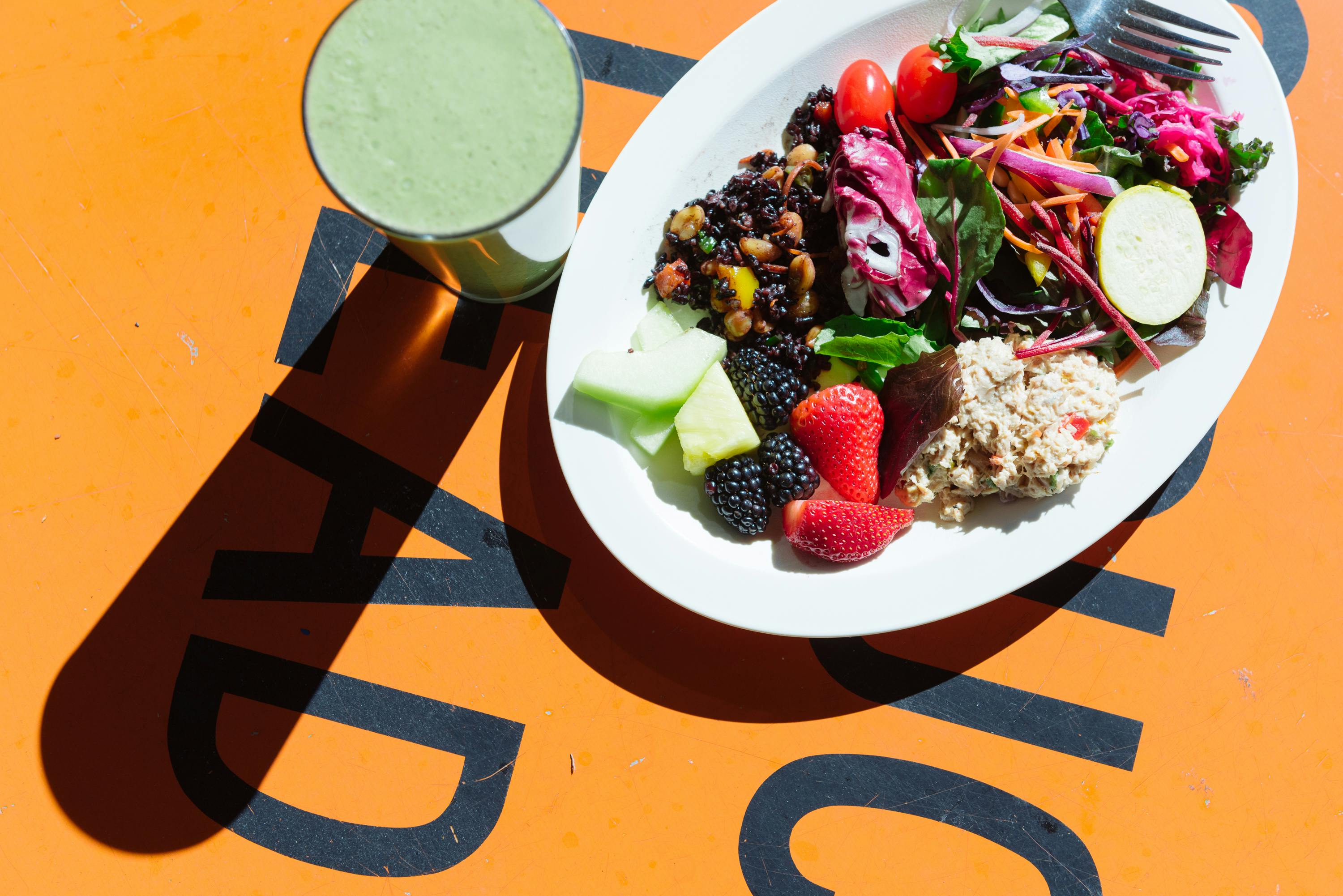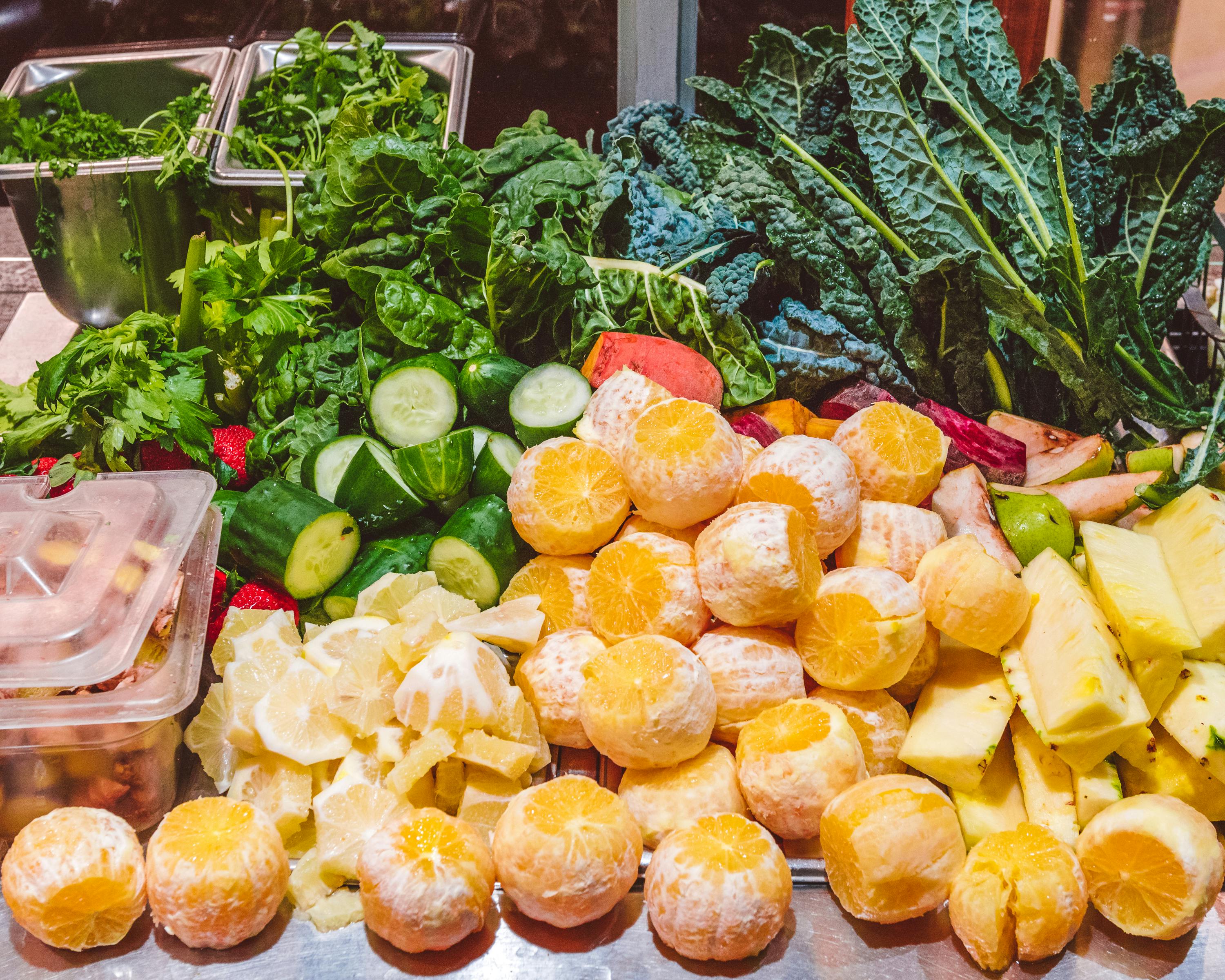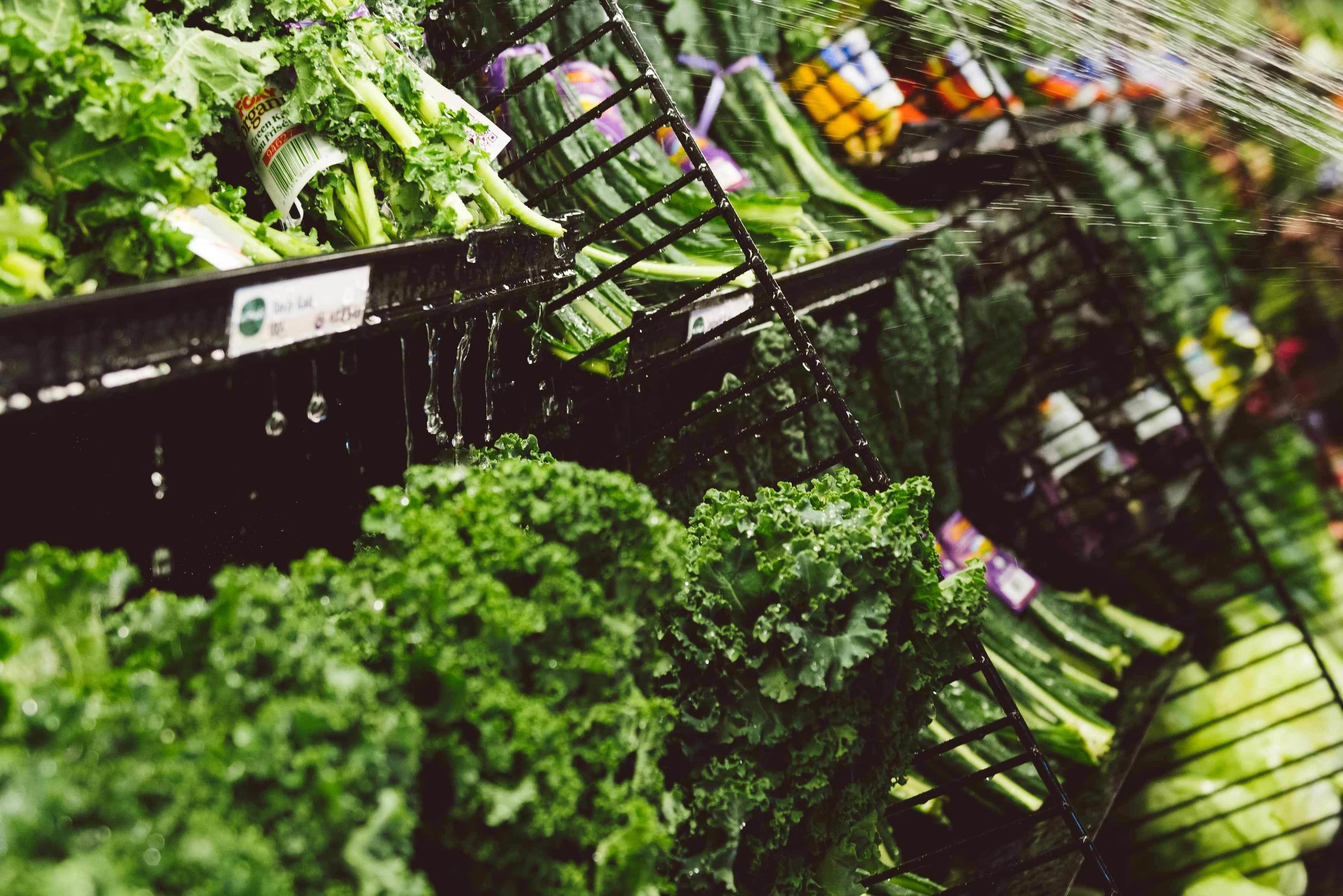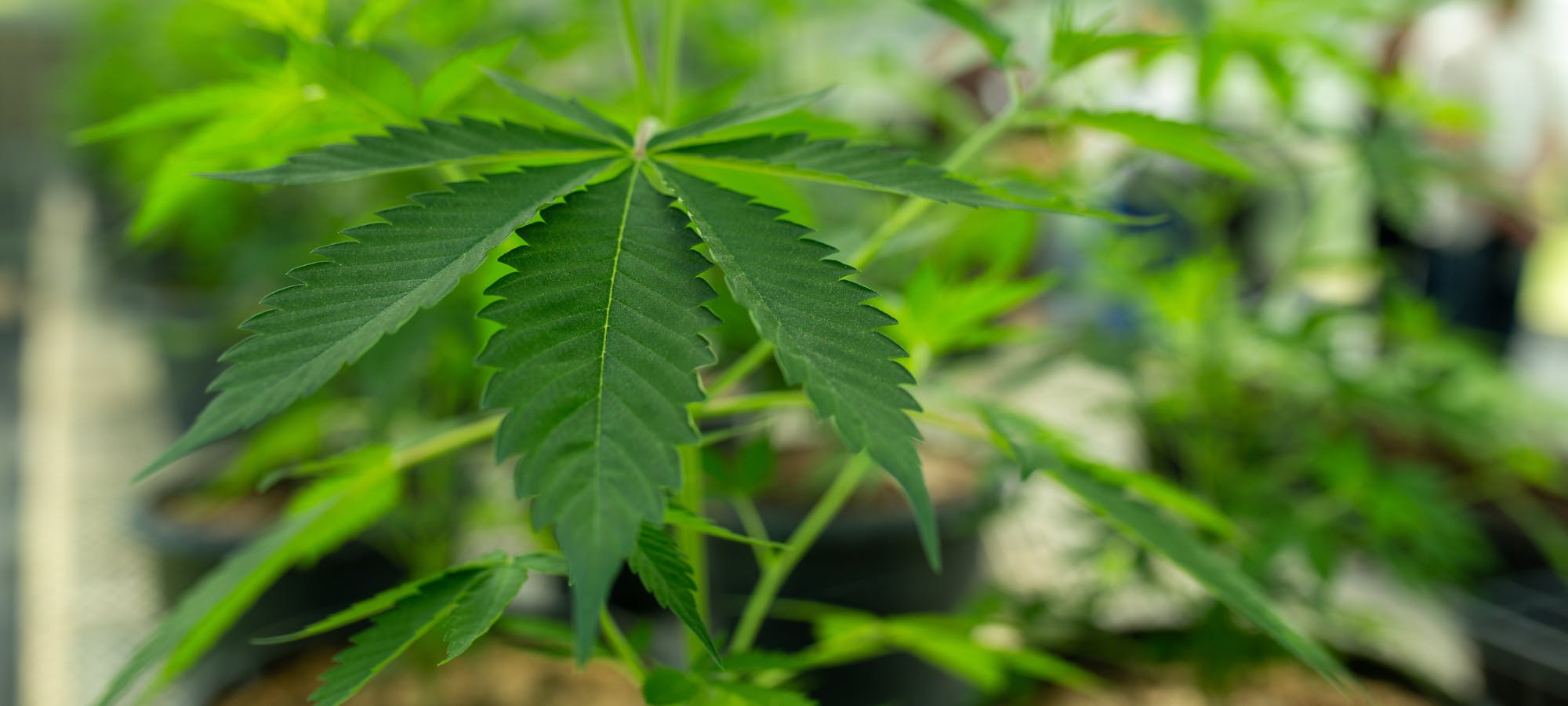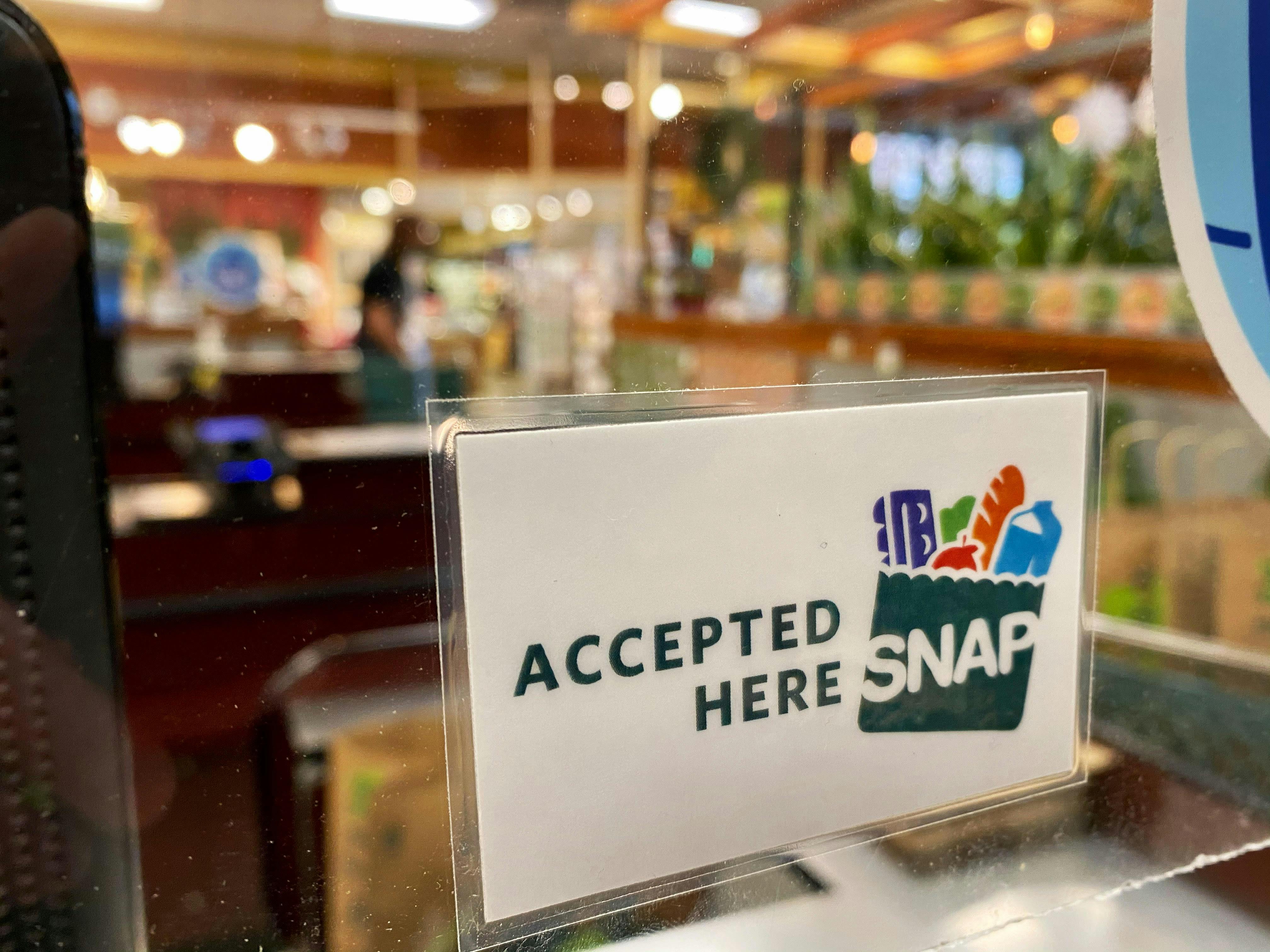By Kirk Schroder, Ellwood's Food Advocate
The USDA wants to hide GMO on your food label.
Here’s how to still figure out if what you're eating has GMOs.
Anyone who cares about what they eat can’t help but to be astonished at how the U.S. government continues to make it hard to figure out food labels. Corporate interests are so powerful that it seems food labels are intended to fool consumers rather than inform them and empower their food choices.
Despite his campaign promise to require food labels to identify GMOs and numerous public polls that show 90% or more of American want GMO labeling, President Obama championed a federal law in 2016 that prohibits states from requiring mandatory food labeling of GMOs and instead requires a national standard that now seems to be dictated by GMO manufacturers. Specifically, the law allows GMO manufacturers to identify GMO content with just a “text, symbol or electronic or digital link”, thus, allowing the use of language, symbols and the burden of having to scan a product to confuse and/or mislead consumers.


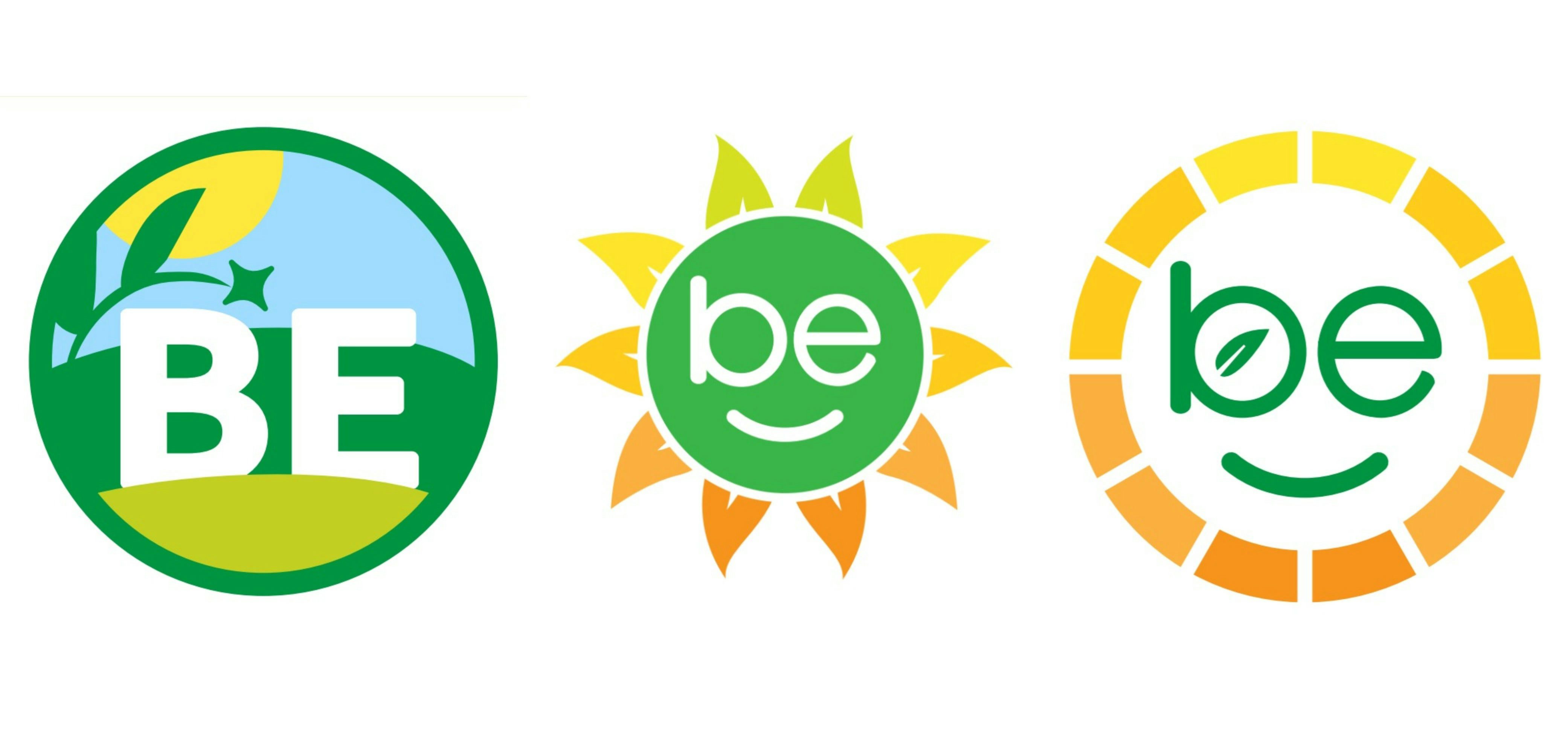
Examples of GMO identifying symbol
Earlier this month, the USDA ended public comment to proposed rules governing how GMOs will be labeled on food products.
Here is what you need to know about the new rules:
The USDA Wants To Replaced the Terms “GMO” or “Genetically Engineered” with “BE” or Bioengineered”
Essentially, the terms “GMO”, “Genetically Modified” or “Genetically Engineered” are so well-known to consumers that the USDA wants to create a new and happier image of GMOs by labeling them now as “BE” or “Bioengineered” with new graphics to make consumers feel that eating GMOs --- uh excuse me ---Bes is good for the environment and is healthy for us.
The USDA Wants The Use of Digital QR Codes Instead of Actual Labeling on The Food Package.
In 2017, the Center for Food Safety (CFS) forced the public disclosure of the USDA’s own study on the efficacy of this labeling. This study which the Trump Administration wanted to hide, showed the using QR codes in food labeling not provide adequate disclosure to millions of Americans.
Highly Refined Foods like Candy and Oils Cane Be Exempt from GMO Labeling
Cooking oil, candy, and soda contain ingredients that are typically derived from GE crops so to exempt these highly consumed products essentially leaves a big loophole in the proposed rules.
For more information, check out Civil Eats and an interesting article published by The Atlantic which asks “Does GMO Labeling Actually Increase Support for GMOs?”
